|
Puerto Rican Screech-Owl Otus nudipes Múcaro, Autillo de Puerto Rico |
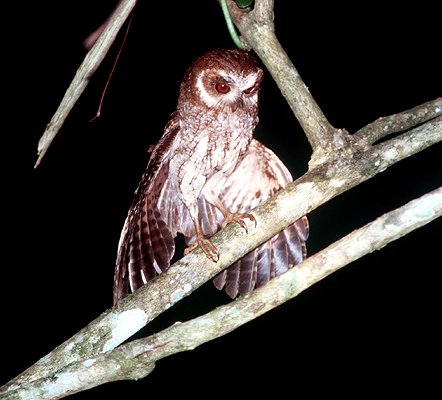 |
|
Photo: L. Miranda
|
|
Puerto Rican Screech-Owl Otus nudipes Múcaro, Autillo de Puerto Rico |
 |
|
Photo: L. Miranda
|
|
IDENTIFICATION: A small owl with white "eyebrows"; dark brown above and white below, with dark vertical streaking on the breast. The Latin name for the species, "nudipes," refers to the unfeathered legs and feet of the Puerto Rican Screech-Owl, unlike most other owls in this genus. Length: 23-25 cm.; weight: males 137 g., females 143 g. VOICE: A low-pitched, muffled trill; from close up, a click can be heard just as the song begins. Audio 2 (M. Oberle). Also makes a jumble of hoots and cackles resembling a monkey. Pairs will often duet so precisely that it is difficult to tell when one bird begins and the other ends. HABITAT: Forests, woodlots, tree-filled gardens, and forest edges. It prefers woods with a well-developed understory, plus large hardwood trees or palms for nest cavities. HABITS: Although quite vocal throughout the year, this owl can be hard to see since it is strictly nocturnal and often sings while hidden deep within thick foliage. However, the Puerto Rican Screech-Owl may be seen briefly as it flies across roads. It can also be seen when hawking insects attracted to lights in wooded areas. Feeds on large insects (crickets, grasshoppers, roaches, beetles, moths, caterpillars), and occasionally small birds, lizards, and rodents. Owls swallow small prey whole, and then regurgitate indigestible components in a hard pellet. The Screech-Owl will pluck the feathers off a bird and then tear it into easier chunks to swallow. Unlike most birds, owls have front-facing eyes that allow binocular vision to aid in capturing prey. When alarmed by a hawk or other threat, this owl will elongate its body and raise short feather tufts that look like"ears." The result is to camouflage the owl so that it looks like a stick. The nest is in a hole in a tree; 1-2 eggs. In one study, the home range of this species was only 2-5 hectares, much smaller than for owls of similar size in North America. STATUS AND CONSERVATION: Common in appropriate habitat. Myths persist that owls will bring bad luck or eat coffee beans. However, they are protected by law. RANGE: Endemic to Puerto Rico and the Virgin Islands. A typical site to find this species is along PR 191, above the El Portal visitor center in El Yunque. TAXONOMY: STRIGIFORMES; STRIGIDAE. The Virgin Islands race (Otus nudipes newtoni) has been extinguished from most of the Virgin Islands due to deforestation. There are 21 other species in the genus Otus in the Americas, many of which are fairly similar but distinguished by their vocalizations. For example, compare the vocalizations of the Eastern Screech-Owl, Otus asio , Audio (M. Oberle) of eastern North America. |
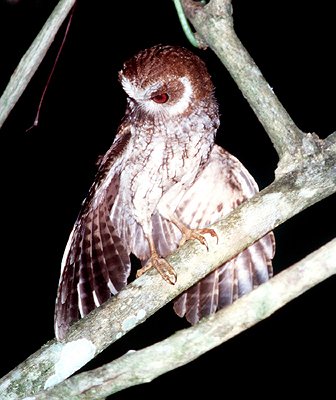 |
|
Photo: L. Miranda
|
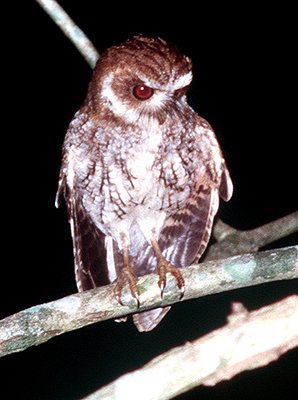 |
|
Photo: L. Miranda
|
 |
|
Photo: L. Miranda
|
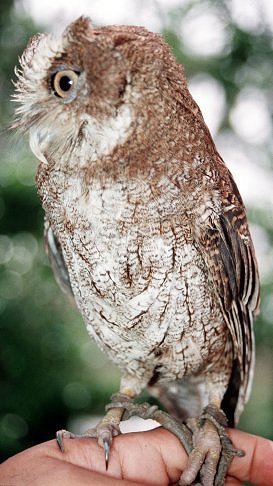 |
|
Photo: M. Oberle*
|
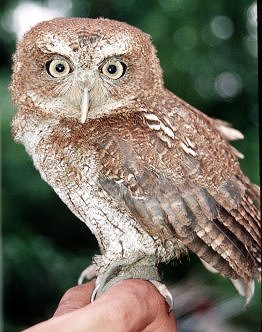 |
|
Photo: M. Oberle*
|
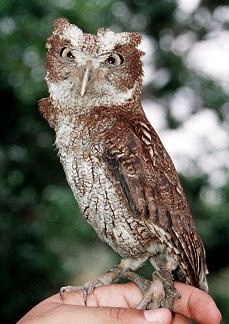 |
|
Photo: M. Oberle*
|
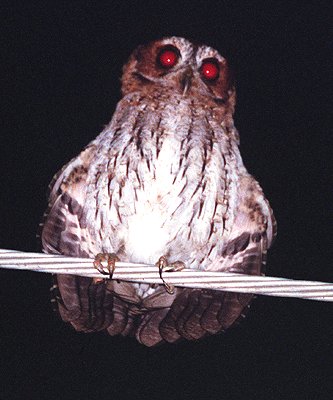 |
|
Photo: M. Oberle
|
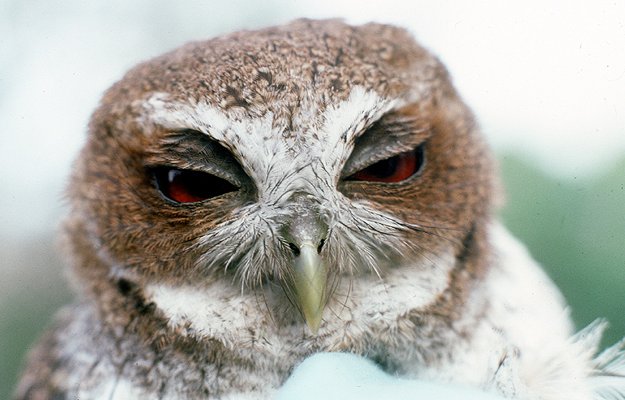 |
|
Photo: J. Faaborg*
|
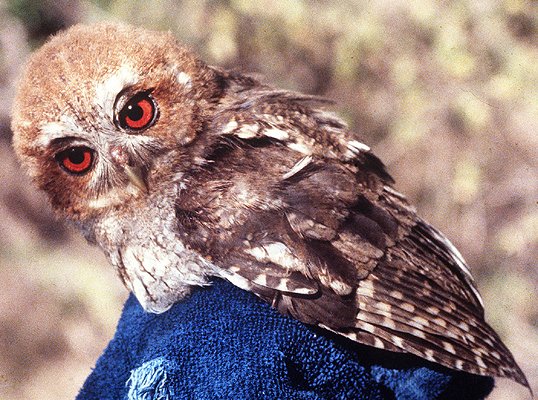 |
|
Photo: W. Arendt*
|
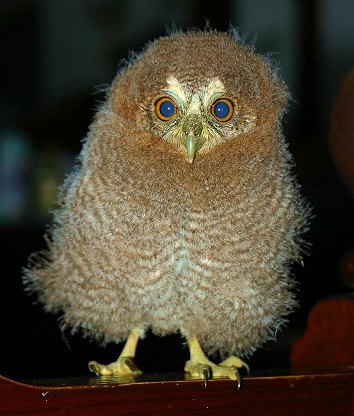 |
|
Photo: A. Sánchez Muñoz
|
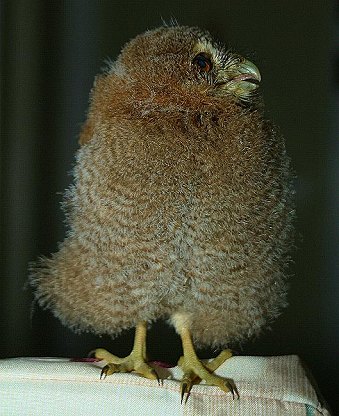 |
|
Photo: A. Sánchez Muñoz
|
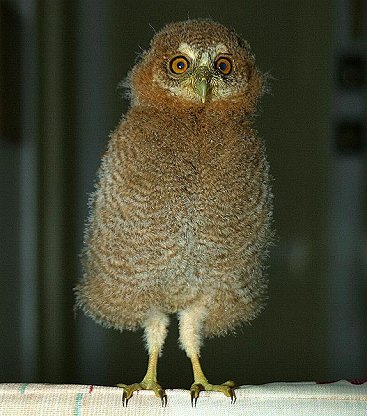 |
|
Photo: A. Sánchez Muñoz
|
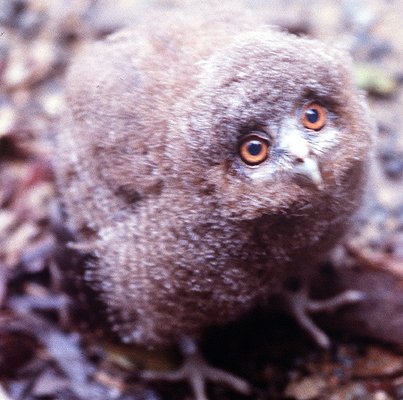 |
|
Photo: W. Arendt
|
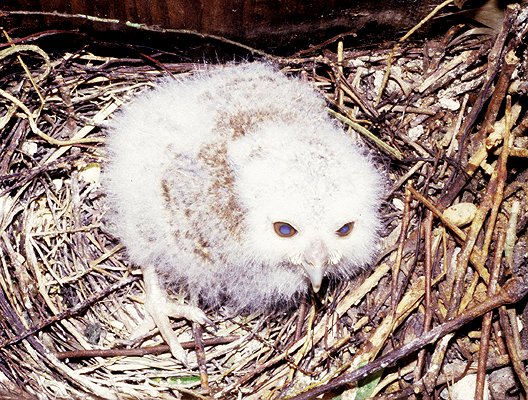 |
|
Photo: W. Arendt
|
|
References del Hoyo, J., A. Elliott, and J. Sargatal, eds. 1999. Handbook of the Birds of the World, Vol. 5. Barn Owls to Hummingbirds. Lynx Edicions, Barcelona. Gannon, M.R., K. Parkdiek, M.R. Willig, and R. B. Waide. 1993. Movement and home range of the Puerto Rican Screech Owl (Otus nudipes) in the Luquillo Experimental Forest. Carib. J. Sci. 29:174-178. Moreno, JA. 1998. Status of the Virgin Islands Screech-owl. Journal of Field Ornithology 69(4):557-586. Pardiek, K.L., J.M. Myers, and M. Pagán. 1996. Surveys of Puerto Rican Screech-Owl populations in large-tract and fragmented forest habitats. Wilson Bull. 106:776-782. Raffaele, H.A. 1989. A guide to the birds of Puerto Rico and the Virgin Islands. Princeton. Raffaele, H.A. 1989. Una guía a las aves de Puerto Rico y las Islas Vírgenes. Publishing Resources, Inc., Santurce, PR. Raffaele, H.A., J.W. Wiley, O.H. Garrido, A.R. Keith, and J.I. Raffaele. 1998. Guide to the birds of the West Indies. Princeton. Recher, H.F. and J. T. Recher. 1966. A contribution to the knowledge of the avifauna of the Sierra de Luquillo, Puerto Rico. Carib. J. Sci. 6:151-161. Rivera-Milán, F.F. 1995. Distribution and abundance of raptors in Puerto Rico. Wilson Bull. 107(3):452-462. Raptors in general in Puerto Rico: http://netdial.caribe.net/~falconpr/ Puerto Rican Screech-Owl, Spanish text Next endemic species in taxonomic order Previous endemic species in taxonomic order |